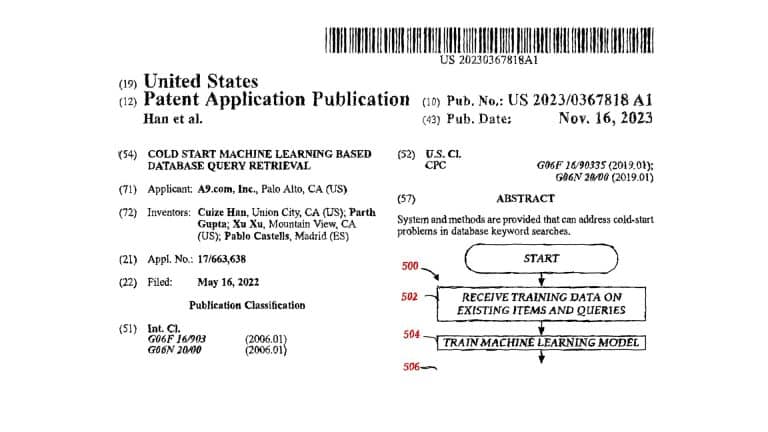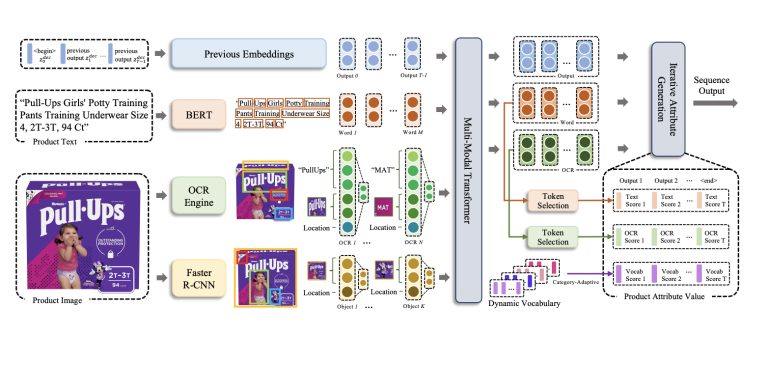The premium priced product conundrum.
Shopping online is now the norm for many people. Without the ability to physically examine products, online shoppers rely heavily on product information provided by sellers and other customers to evaluate quality. But how do people really perceive product quality online? What information do they value most? And how does quality perception drive purchase decisions?
A study from researchers at Delft University of Technology and Amazon sheds light on these questions. Using crowdsourcing and customer interaction data, they uncovered fascinating insights into the attributes that shape quality perceptions, the disconnect between quality and purchases, and the value of customer-generated content.
Key Takeaways
- Price strongly correlates with perceived quality, but higher priced items are not necessarily purchased more. Shoppers balance price and quality.
- Customer-generated content like reviews and Q&A provide the richest attributes for judging quality. But most users don’t actually read the full content.
- Review star ratings don’t align well with quality perceptions. Other signals like price and description details are more telling.
- Frequent shoppers of a category have greater consensus on the important attributes for quality.
- Even attributes not predictive of quality can still be useful for recommendation algorithms.
Judging a Book by Its Price? How Pricing Shapes Quality Perceptions
One of the most interesting findings from the study is the strong link between an item’s price and its perceived quality. Across all product categories – electronics, home goods, office supplies, and more – higher priced items were consistently judged as higher quality by the study’s crowdsourced participants.
This matches results from earlier offline studies on the price-quality relationship. And it shows that the effect carries over into online shopping where other physical quality cues are missing. If you’ve ever equated higher prices with better quality, you’re not alone!
But here’s the surprising part – the crowdsourced quality judgments didn’t directly translate into preferences for actually purchasing the higher priced item. When analyzing the real customer purchase data, the researchers found purchase rates were not meaningfully higher for pricier options perceived as higher quality. This suggests that rather than simply preferring the highest quality, shoppers are making tradeoffs between price and quality. They seek high quality but are not necessarily willing to pay the premium for it.
Customer-Generated Content: A Gold Mine for Quality Clues Buried in Plain Sight
Customer-generated content like product reviews, Q&A, ratings, photos, and videos have become an essential part of the online shopping landscape. When making purchase decisions, we often turn to these user-generated information sources for authentic insights into real-world product performance, quality, and value.
The study confirmed that customer-generated content offers the richest attributes for evaluating product quality – far more than the standardized bullet point lists created by sellers. Across all product categories, attributes extracted from customer reviews and Q&A were selected much more frequently by crowdsourced participants when judging quality.
Some examples of popular quality-indicating attributes from user reviews:
- Electronics – sound quality, connectivity, battery life
- Kitchen – material, construction, durability
- Beauty – ingredients, skin type suitability
- Home – fabric, stain resistance, materials
- Office – print quality, paper capacity, connectivity
Interestingly though, most study participants did not actually read the full text of reviews and Q&A before making quality judgments. Despite user-generated content providing the most useful attributes, the majority of users seem to be content simply seeing a list of key attributes extracted from reviews, without reading the original source.
This highlights the value of displaying or summarizing only the most important quality factors mentioned in reviews. Users find customer perspectives invaluable, but don’t want to dig through paragraphs of text to find the nuggets of wisdom.
Beyond the Stars: What Review Ratings Don’t Tell You
Online reviews invariably include star ratings meant to reflect overall product quality and satisfaction. As users, we often rely heavily on ratings when evaluating products – assuming 4+ stars equates to high quality. But it turns out average star ratings correlate very weakly with crowdsourced quality perceptions in the study.
This reveals a disconnect between simplified review ratings and the nuanced attributes that shape quality opinions. Review text contains the meaningful details while stars provide only a superficial aggregate signal. Other objective metrics like pricing and seller-provided specs prove more indicative of perceived quality.
So while ratings have value in measuring general customer satisfaction and engagement, they should be just one data point in assessing true quality. There is no substitute for understanding the specific attributes that matter to a product category and customer base.
Category Experts Agree: Experience Brings Consensus on Quality
When it comes to evaluating product quality, not all user opinions are created equal. The study compared the consistency of quality perceptions among all participants versus those who identified as frequent/expert shoppers in a given category.
The category experts showed significantly higher agreement on which specific attributes indicate quality. Their experience gave them a clearer, shared sense of what really matters when judging products in that niche.
This underscores the value of targeting category enthusiasts for authentic assessments of quality standards and cues. While casual shoppers provide useful perspectives, experts offer the most consistent benchmark for evaluating quality within a product niche. Prioritizing their perspectives can help cut through the noise of individual opinions to identify meaningful patterns.
Brands seeking genuine quality insights can benefit by proactively surveying and listening to their most loyal and enthusiastic customers. Their specialized knowledge sharpens the focus on attributes that tangibly shape perceptions.
Even “Useless” Attributes Have Value in Prediction
The attributes selected most frequently in quality judgments provide obvious signals for evaluating products. But interestingly, the researchers also found value in attributes that correlate weakly with perceived quality.
When training machine learning models to predict quality perceptions, including attributes with low quality correlation still improved the accuracy of predictions.
This highlights that products are complex, with many attributes subtly interacting to shape opinions. Even if some details like brand name or aesthetics don’t actively factor into conscious quality calculations, they may provide supporting context that nudges overall sentiment.
The takeaway for recommendation engines is that quality modeling benefits from casting a wide net on product attributes. Both influential and ancillary details from catalog data, user-generated content, and usage metrics can complement each other in shaping predictions.
Understanding how quality perceptions really take shape in online shopping is invaluable. This research provides data-driven insights for brands, platforms, and shoppers to improve experiences and purchase satisfaction. But further exploring the intersection of product attributes, user perspectives, and data will uncover even richer opportunities to match shoppers with high-quality, ideal items.
Let me know if you have any other questions!













